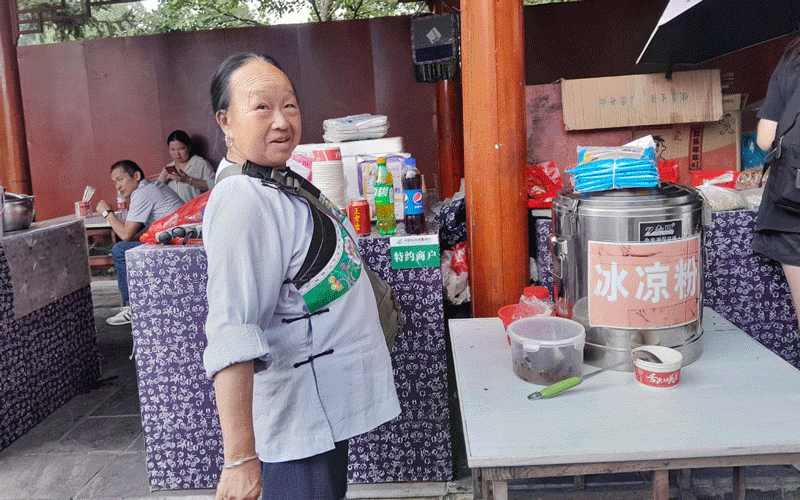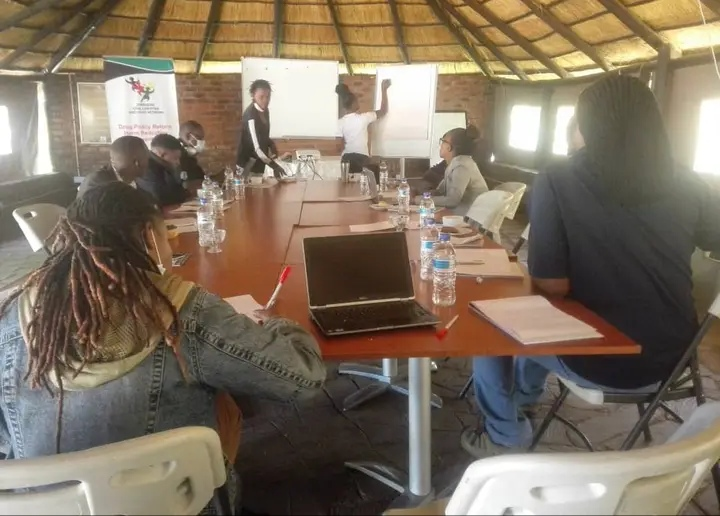
Most rural areas in Zimbabwe paint a gloomy picture of poverty, underdevelopment and a sense of hopelessness, given the direction they are taking with their emptying populations, decaying homesteads and degradation of the environment due to climate change.
In the majority of areas, young people have left villages for towns, cities and abroad; and there is little hope to lure them back because there are almost non-existent economic opportunities as old “industries” such as horticulture and subsistince farming are dead because of inclement climate which has seen rivers that watered gardens and fields dry up.
The soils are now tired and barren. The markets that used to be lucrative for the sale of cash crops and horticultural produce are no longer profitable.
The choice is to stay or leave. Many choose the latter; and sometimes never come back for years.
Not even to marry. Gone are the days when rural areas were places of vast potential, and at one point authorities mooted the idea of “Growth Points”, as hubs of economic activity meant to, at the very least, retain local talents and even attract some back to the villages.
The majority of these growth points or shopping areas, from radiuses of as little as 50 kilometres from the main cities and towns, are now deserted, crumbling and creepy - something off an apocalyptic tale. This is even worse for areas that have been traditionally “marginalised”, which today face more challenges and prospects of upliftment.
The contrast with what is obtaining in China is stark, and it is instructive for authorities and development practitioners in Zimbabwe and Africa in general to derive strong lessons that, if implemented, could breathe life back into villages and uplift the country. Rural areas in Zimbabwe, and much of Africa, constitute the largest areas by geography accounting for close to 75% of the total area.
If African countries, including Zimbabwe, are to fully develop, they must adopt a policy of uplifting rural communities as a priority area.
- Village Rhapsody: Pay teachers a living wage
- Village Rhapsody: Pay teachers a living wage
- Letters to the editor: Tackling energy poverty requires a 'gas is good for Africa' approach
- Cartoon: October 04, 2022 edition
Keep Reading
Shibadong: A Chinese example
In August this writer, along with a dozen others from 14 African countries, undertook a tour of China to study and report on the concept of rural revitalisation and targeted poverty alleviation that the Chinese government has implemented.
And one example stood out on just how such programmes could turn around the fortunes of a village, and by extension the whole country.
Shibadong Village is located in the western part of Hunan Province, commonly known as “Xiangxi”, nearly 1500 km from the capital, Beijing. It is home to the Miao ethnic group.
Nestled in a deep mountainous region which is almost inhospitable by many standards, and particularly hostile for agriculture because of the terrain, we were told that this area was so poor that it was notorious for its penury so much so that residents from surrounding villages would discourage their daughters from marrying men from Shibadong village.
However, in the past 10 years, the village has transformed massively and become an example of the transformative “targeted poverty alleviation” concept. As the so-called birthplace of China’s “Targeted Poverty Alleviation” initiative, the story began on November 3, 2013 when President Xi Jinping visited Shibadong during which he sat down with villagers and introduced the idea of “targeted poverty alleviation,” which focuses on solutions suited to local conditions.
There are iconic pictures of that meeting when Xi met appreciative visitors; and during the tour we managed to see some of the participants of the ground-breaking meeting.
Then, the people of Shibadong’s per capita income was just 1,668 yuan (about US$241), with more than half of the population living in extreme poverty. Xi’s concept of transforming the village was anchored on a number of interventions namely, establishing sustainable micro-businesses such as rural tourism, embroidery, crop cultivation, livestock breeding, and bottling water; enhancing local facilities and the rural environment to support economic activities; ensuring that environmental conservation efforts were rewarded; and providing social safety nets to protect the most vulnerable.
The strategy was implemented with the help of the ruling party, Communist party of China’s volunteers, who set camp at the village and worked tirelessly with the people, this had achieved results by 2017.
It is said that the village was lifted out of poverty by that year, with its annual income per person exceeding 20,000 RMB (US$2,800) in 2021, more than 10 times compared to that in 2013.
In 2023, we were told, the village welcomed 838 000 tourists and generated nearly 20 million yuan in tourism revenue.
“In an era of rapid modernisation, Shibadong Village remains a bastion of rural simplicity and authenticity,” our guide told us.
Shibadong preserves distinctive Miao ethnic architecture, with its wooden houses, perched gracefully on mountain peaks and surrounded by lush green hills, creating a picturesque landscape that attracts visitors from all corners of the globe.
Other key features of the village are noteworthy. The village includes four natural hamlets: Lizizhai, Zhuzizhai, Feichongzhai, and Dangrongzhai. By focusing on the integration of agriculture, tourism, and culture, Shibadong Village has vigorously developed red tourism, eco-tourism, and cultural heritage tourism. This approach, according to authorities, has paved a replicable and scalable path for empowering rural revitalization through cultural and tourism development.
Miao embroidery, often hailed as the “epic of the Miao people worn on the body”, vividly reflects the history and worldview of the Miao community. The intricate patterns in Miao embroidery convey various meanings, including blessings, prayers, and praise. This traditional craft has become a vital industry for the villagers of Shibadong, helping them raise out of poverty.
According to official information, in 2018, the Miao embroidery cooperative partnered with CRRC Zhuzhou Locomotive, enabling Shibadong’s Miao embroidery to be carried out of the mountains on high-speed trains and introduced to the world through the Belt and Road Initiative. At the Lizizhai Miao Embroidery Gallery, visitors have a chance to imbue into the exquisite works and witness how traditional Miao embroidery is being revitalized by merging with modern life, bringing new vitality and innovation to this ancient craft.
On the other hand, the village now thrives with diverse ventures, including fruit cultivation, spring water production, golden tea, and rural tourism. The fruit industry is increasingly being marketed through e-commerce platforms that are being driven by its young people.
Local strength
On the other side of the province, the Changputang Village, located in Liaojiqiao Town, Fenghuang County, primarily inhabited by the Tujia ethnic group is another model of targeted poverty alleviation. When Xi visited Changputang Village in 2013, he emphasised the importance of “leveraging local strengths, setting clear goals, relying on technology, expanding markets, and continuously growing and improving the fruit industry to accelerate poverty alleviation”, said our guide.
Villagers have steadfastly followed President Xi’s directive to “rely on technology, expand markets, and grow and improve the fruit industry to accelerate poverty alleviation”.
The success of this village, like Shibadong, has been a marvel
Changputang Village was selected as one of China’s Beautiful Leisure Villages in 2021 and one of Hunan Province’s key rural tourism villages in 2022. It is home to expansive orchards of specialty fruits such as pomelos, kiwifruit, and oranges, which have become key drivers of local prosperity.
At this village, a testimony of the leader of the fruit industry, revealed that he returned from another province where he was working as a migrant worker and began developing the business, and received support from government.
A party secretary, he revealed that his business was thriving — millions’ worth — and eyeing export markets and had contributed to the lifting of the once backward village from poverty.
Following the Chinese example
Chinese modernisation and development has shown that it is organic, and China bucked the trend by following its own developmental path based on local conditions, particularly through agricultural development, among other industries that developed alongside it.
Chinese authorities have openly and repeatedly said that African countries, while deriving inspiration from China, should choose a development path that suits local conditions as there is no prescriptive formula. However, there are a lot of similarities between China and Africa.
It is crucial to follow China’s lead
Concepts such as poverty alleviation, rural revitalisation, village economy; and so on, find true meaning when carefully studied on how they succeeded in China. It is instructive that China is continuing to sell these ideas to their African counterparts and the recent Focac Summit saw China pledging to broaden cooperation with Africa through setting up of demonstration villages, training and capacity building workshops, “small but beautiful” livelihood projects, and so on.
Zimbabwe can only revatilise and modernise its rural areas by pursuing a similar path.










